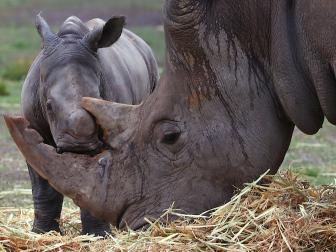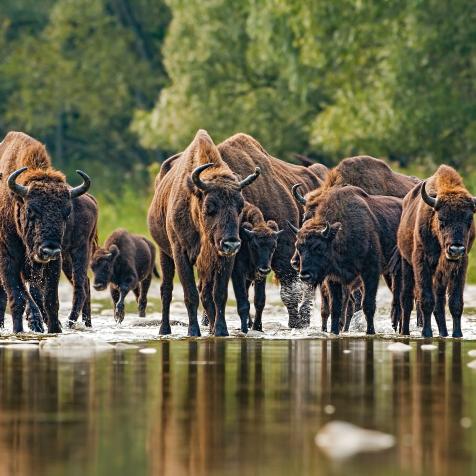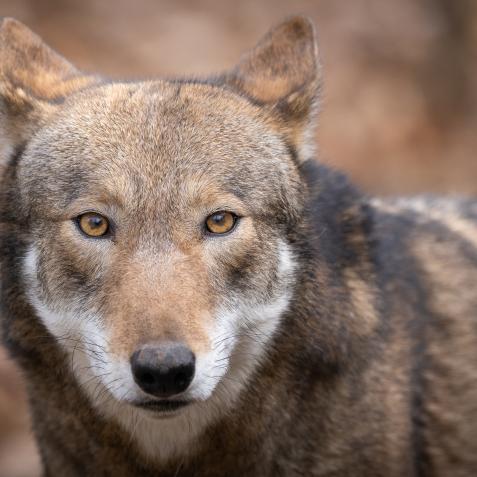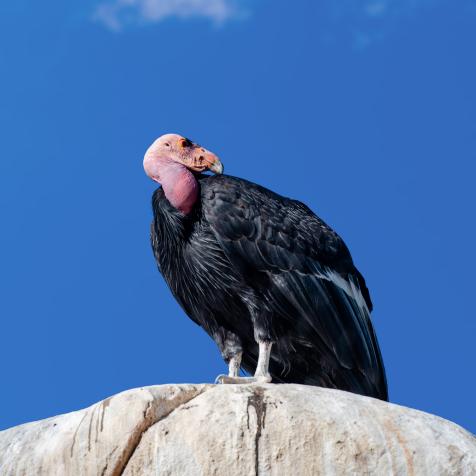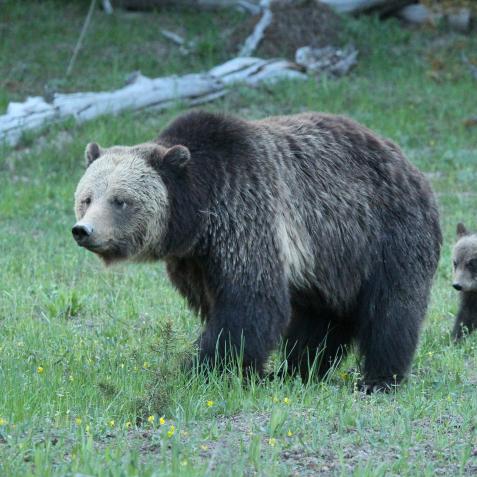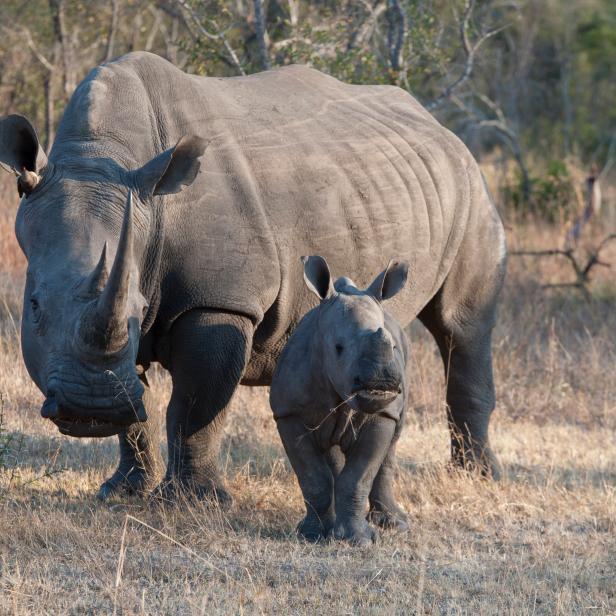
Wolfgang Kaehler
How to Help Save the World’s Endangered Rhinos
World Rhino Day, on September 22, aims to celebrate the black, white, greater one-horned, Sumatran and Javan rhinos, and all the subspecies in-between.
These five species of rhino are all under threat, thanks to illegal poaching for their horns, as well as habitat loss.
Two genetically different subspecies of the white rhino exist, the northern and southern white rhino, which are found in different regions in Africa. On March 21, 2018, the planet’s last male northern rhino died, and now conservationists are coming up with audacious plans to try and mate the remaining two females.
As for the other species, there are 72 Javan rhinos, less than 80 Sumatrans, and just over 5,000 black rhinos, with all three populations ranked as critically endangered. The greater one-horned rhino has around 3,500 individuals left, and is classed as vulnerable, while the white rhino has between 17,000 and 18,900 animals left.
The southern white rhino is, unlike the other species, a rare conservation success story.
In the late 19th century, they were believed to be extinct until a population of less than 100 of the animals was discovered in South Africa. Conservation efforts to grow the species included relocations to national parks, breeding programs, and careful management and observation of the existing individuals.
World Rhino Day was first announced a decade ago by WWF South Africa and hopes to encourage the public to get involved in trying to save the populations.
Five Ways YOU Can Save the Rhinos 5 Photos
For National Rhino Day (September 22nd) learn how you can help save the rhinoceros population at Discovery.com.









